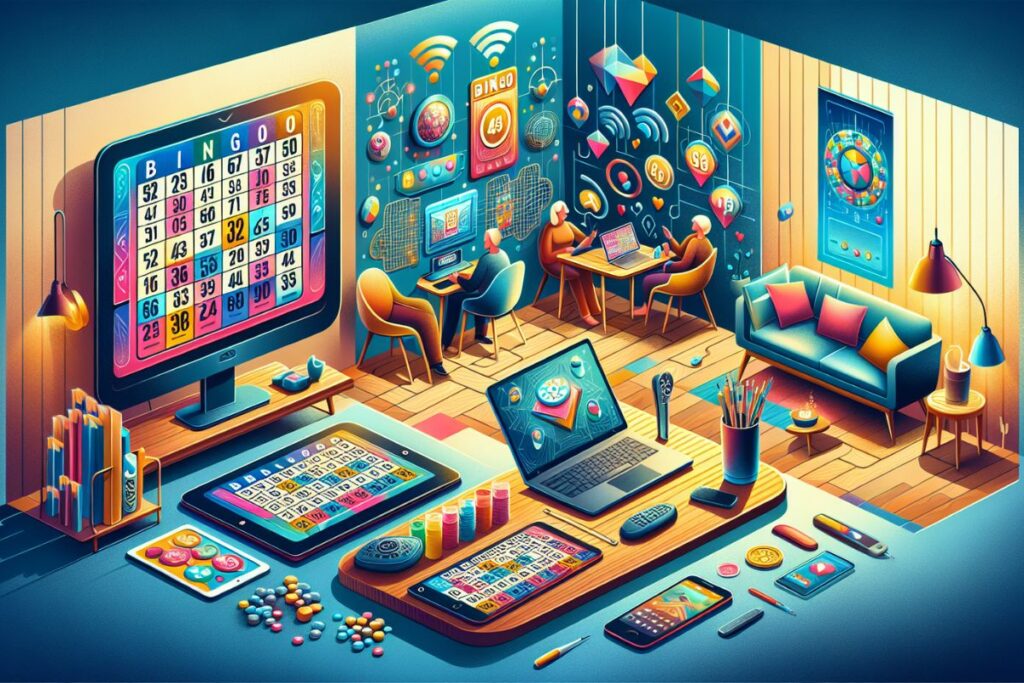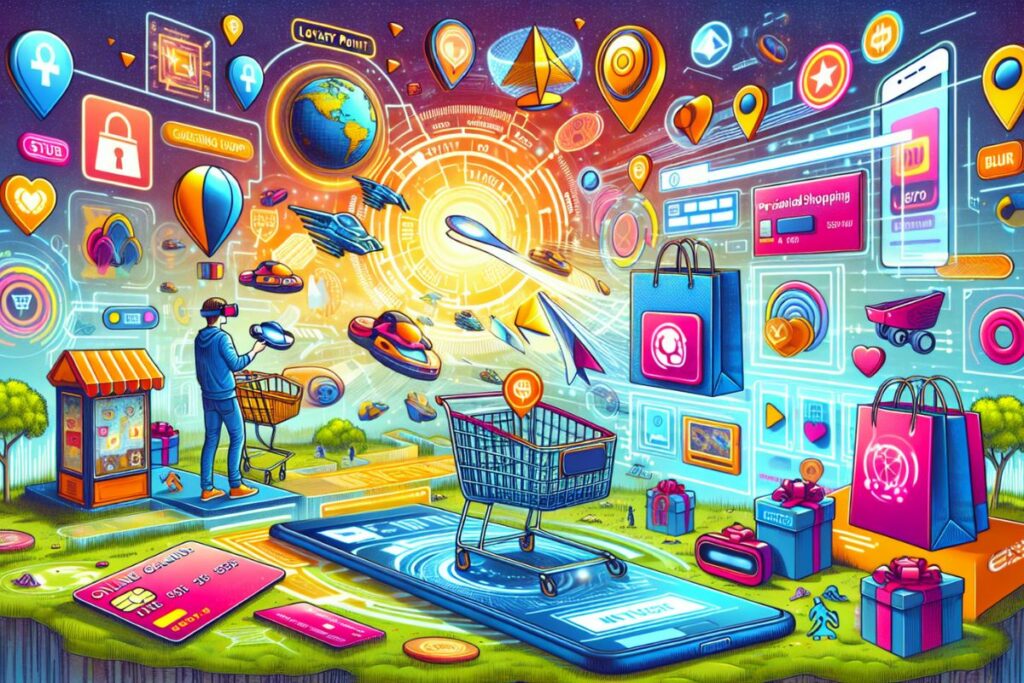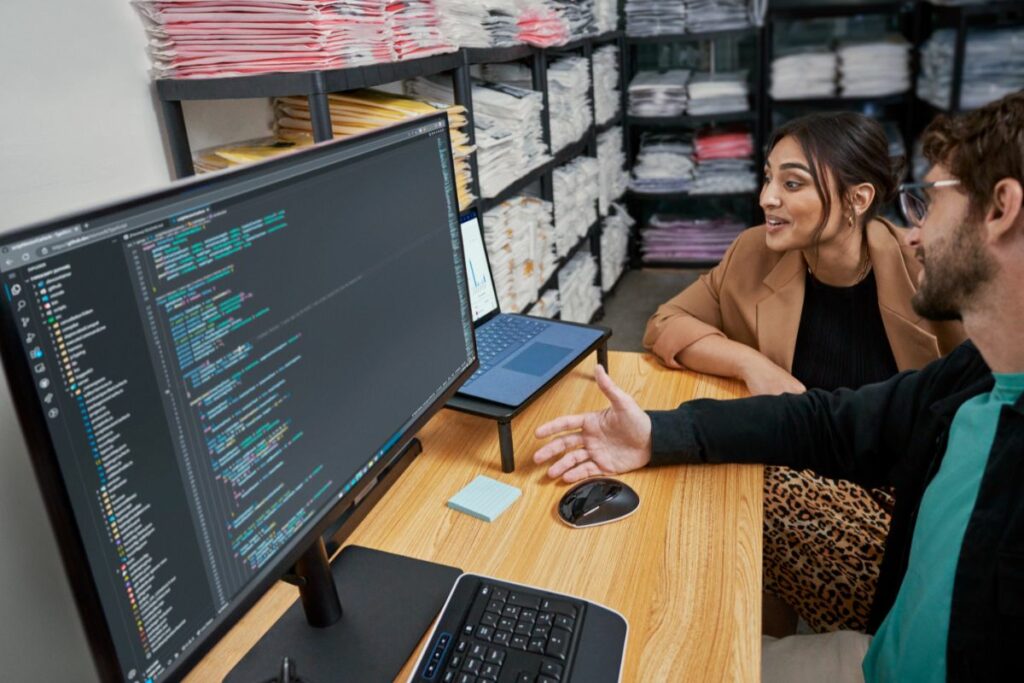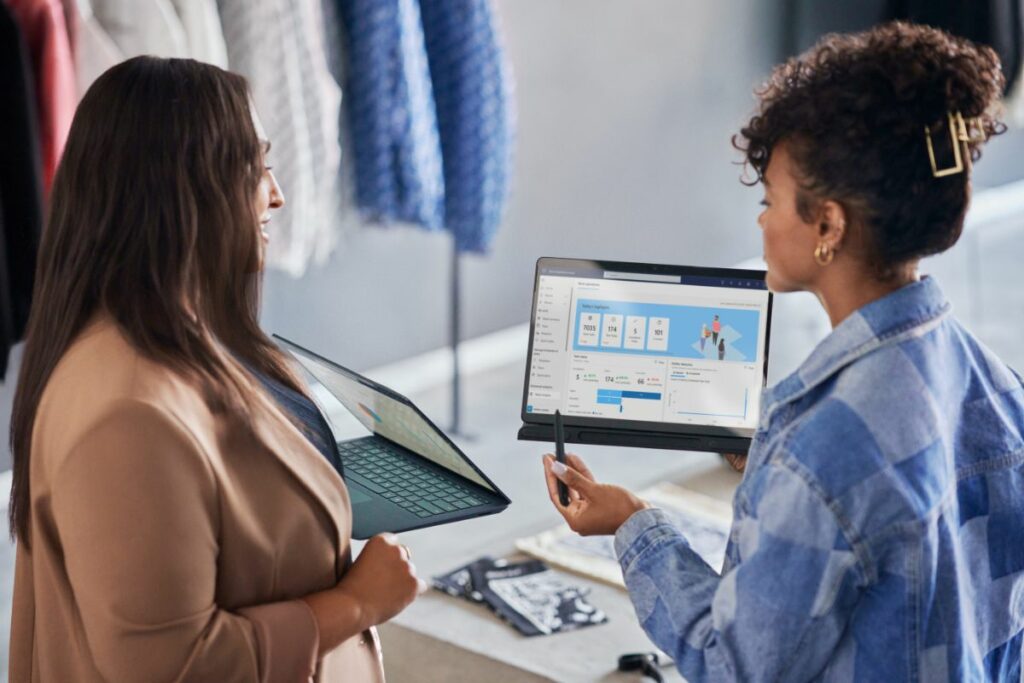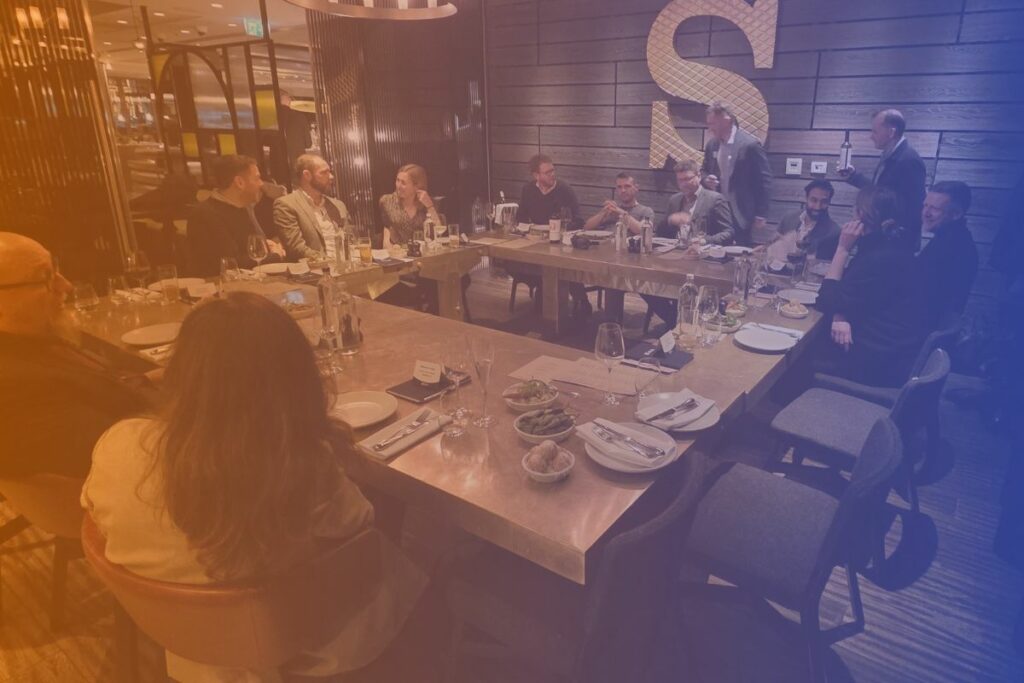Leaders within retail are under extreme pressure to deliver exemplary experiences for their employees. Those that do, find their people stay longer, are happier, engaged, more effective and delivering increased customer experience. In fact, LinkedIn’s Workforce Learning Report revealed that 93% of employees would stay at a company longer, and maintain higher engagement if they felt like their business was invested in them as individual contributors.
Evidently, companies with a higher employee engagement rating are up to 23% more profitable, when compared to organisations with lower experience levels, according to Gallup’s study of 456 research studies across 276 organizations in 54 industries and 96 countries. Therefore it’s vital to drive increased and improved employee experience; but are leaders getting it right? Recent research suggests not. A recent study titled ‘Employee Experience: Fuelling a High-Performance Workplace’ found that on average only 13% of employees from 120 polled companies are fully satisfied with their experience at work. Separate research which polled more than 2,000 employees also found that 49% of employees feel that their organisation is not delivering on the experience they promised.
So, what will set successful modern retail leaders/organisations apart? One answer is increased adoption and utilisation of technology to create new ways of working. This is borne out by Oxford Economics and Cognizant, who partnered to evaluate 180,000 jobs earlier this year, and found that 90% of jobs in the next five to seven years will face disruption of some sort as result of the impact of technology. In other terms, disruption is inevitable, therefore those organisations who truly understand the value that technology delivers will be the winners. New technologies are generating the accurate insights to drive highly personalised experiences across all touchpoints at scale, enabling retailers to always stay focused on delivering positive business outcomes through connected employee and customer experiences.
Here’s five key ways for retailers looking to achieve exceptional employee experience:
- Link employee experience to customer satisfaction measures and behaviours
Modern retail leaders understand the importance of equipping their employees with the right tools to perform their jobs efficiently and effectively. Mobile-first and user-friendly technologies such as smart tablets and agile POS systems have become essential means across retail to check stock levels, answer customer queries, and order items directly from the warehouse, all without leaving the customer’s side. This level of service enhances the shopping experience, reduces customer wait times, and empowers employees to perform their tasks more effectively.
However, Forbes data, which polled over 500 workplaces found that 59% of workers think their organisations have been too slow in delivering the right apps, tools and technology to enhance workforce productivity and effectiveness. This is despite 95% of executives believing that improving employee experience is an economically beneficial concept. Employee trust hinges on whether their employers “get it” and preparing for the next wave of change. Therefore, more is required to connect how employees feel, think and operate to increased customer experience and outcomes
- Enhance communication and collaboration through technology
Effective communication and collaboration is crucial for a cohesive work environment, especially in retail, where employees often work in shifts and across different locations. Many retail organisations deploy a mix of communication methods and are still reliant on manual – traditional – interventions. On the other hand, modern organisations are increasingly turning to intuitive comms solutions, which are accessible to all workers on a 24×7 basis. These solutions generate personalised messages, organisation updates, learning opportunities or platforms to showcase their skills based on employee preferences, interests and field/ area of work. Recent research indicates that 45% feel more connected to their team as a result of using digital communication. In an environment where information can change quickly, the right technology can facilitate better communication, and therefore a better experience for your employees. Conversely, nearly half of workers currently report their productivity being affected by ineffective communication.
- Leveraging data-driven insights for informed decision-making
The retail sector generates vast amounts of data daily, from sales figures to customer feedback, however research indicates that 75% of executives don’t trust the data and are often wary about relying on data-driven decision-making processes. Oracle’s research found that 35% don’t know which data or sources to trust and 70% have given up on making a decision because the data was overwhelming. In contrast, modern leaders leverage data to gain insights into employee performance and customer preferences, which in turn informs decision-making and employee development. By using smart data analytics tools, leaders can track key performance indicators such as sales targets, customer satisfaction scores and employee productivity, and leverage this data into actionable guidance. Clients are adopting a structured approach to accelerate ideation, design, engineering, and deployment of combined data and software solutions to train, govern and fine tune on your data.
- Personalisation and adopting Gen-AI to tailor the employee experience
Personalisation for employees is critical, combined with AI and automation it improves work experiences across the full hire to retire lifecycle. Typical examples include creating personalized assimilation journeys for new hires based on their skill sets, past experience, assimilation progress and levels of engagement, generating personalised messages, organization updates, learning opportunities or platforms to showcase their skills based on employee preferences, interests and field/ area of work. Research found that utilising AI to personalise learning and development yields a 57% increase in learning effectiveness and improved employee productivity and an enriched approach from technology by;
- Adopting a microlearning approach with rich visuals and smart interactivities to keep learners actively engaged in the learning process.
- Leveraging exploratory, immersive approaches with detailed product overviews that allow interaction.
- Using realistic scenarios to contextualise the content.
- Provided downloadable job aids for quick reference and on-the-job support.
AI-powered learning platforms offer personalised training modules based on an employee’s role, experience level, and career aspirations. By analysing past performance and feedback, these systems can recommend specific courses or resources that will help employees improve their skills and advance their careers. AI customises the employee recognition, sending automated messages or rewards to employees who meet accurate and meaningful performance criteria.
- Being hyper-focused on technology enables continuous improvement and adaptation for the future
The retail landscape is a constantly changing and evolving environment, and the ability to adapt is crucial for success. New technologies enable greater continuous employee improvement and increase operational flexibility through employee feedback (anonymous or named). This can be surveys, posts/ comments on intranet, data captured through 1-1 conversations, generative AI can identify patterns, levels of engagement at various levels and make recommendations to address improvement areas and monitor the effectiveness of new initiatives or changes in real time. For example, implementing a new point-of-sale system or customer service protocol can be closely monitored using digital tools to ensure that employees are adequately trained, using the tools in the right way and measuring against the stated desired outcomes. If issues arise, they can be quickly identified and addressed, ensuring minimal disruption to the business. By embracing a culture of continuous improvement and using technology to support this, retail leaders can ensure their businesses remain competitive and responsive to both employee needs and market demands.
The bottom line for progressive retail leaders
The modern leader has to understand future trends that impact their customers, suppliers and employees’ current state and synthesize future trends to provide exceptional, unforgettable experiences to differentiate their business.
Ultimately, the intersection of technology, employee experience and customer satisfaction/experience is where modern retail leaders will truly distinguish themselves. As retail adapts and evolves, those who successfully navigate these changes will find themselves not only locating, developing and retaining their talent but also empowering their workforce to deliver exceptional customer service. The statistics speak volumes with 23% increase in profitability attributable to high employee engagement and a 20% boost in satisfaction through mobile solutions, the case for tech-driven employee experience is undeniable.
The retail leaders who get this right are those who understand that technology is more than just a tool; it’s a bridge between their workforce and their business goals. Whether it’s harnessing data for informed decision-making, leveraging AI for personalised experiences, or continuously improving through adaptive technologies, the most successful leaders are those who see technology as a catalyst for positive change. In an industry where nearly half of employees feel their companies are failing to deliver on experience promises, those who leverage the right tech solutions will find themselves ahead of the curve, with a workforce that’s not just engaged, but thriving.
For further insights, we invite you to read Oracle’s e-book “3 Ways CHROs Can Apply AI Right Now”. Find out how Cognizant’s Oracle Fusion Cloud HCM services can help businesses meet HR goals and transform employee experience.
Click here to sign up to Retail Gazette‘s free daily email newsletter
















